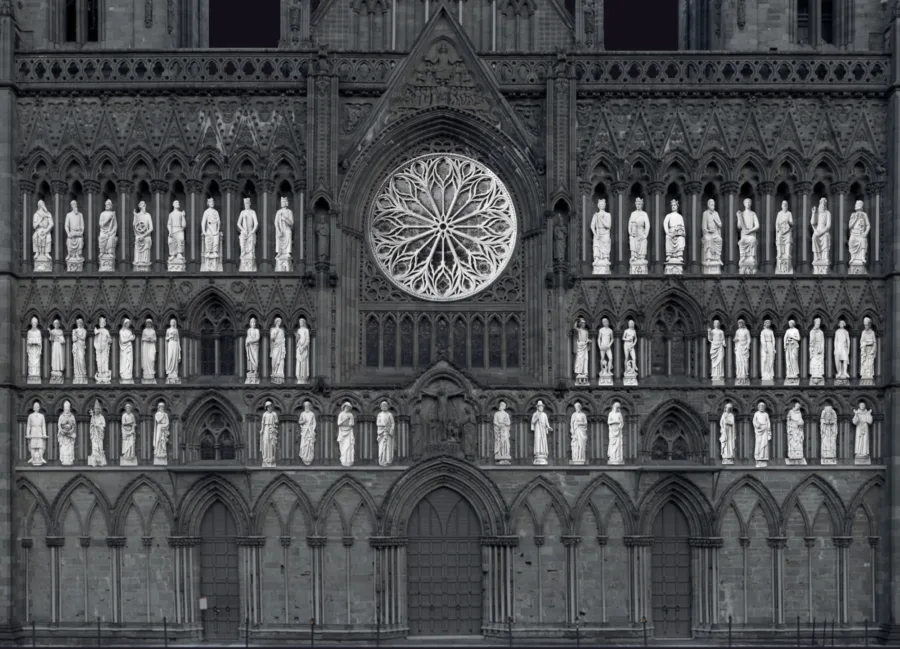St Peter the Apostle
St Peter the Apostle was crucified upside down by the Roman emperor Nero.

St Peter the Apostle was called Simon and he was a fisher living by the Sea of Galilee. Jesus named him Kefas, which can be translated as Peter (meaning rock or stone). The Bible tells us that Jesus gave St Peter the keys to heaven. He was the leader of the apostles and when he founded the first Christian congregation in Rome after Jesus’s death, he also became the leader of the emergent Christian faith.
St Peter was sentenced to be whipped and crucified during Emperor Nero’s persecution of the Christians. St Peter asked to be crucified upside down because he did not deem himself worthy of dying in the same way as Jesus. St Peter is regarded as the first pope and the first Bishop of Rome. St Peter’s Basilica in Rome was erected over his grave.
The statue
The statue depicts St Peter with the key to the Heaven’s Gate in his right hand and a book in his left. The book refers to the tradition that he wrote the First Epistle of St Peter, which forms part of the New Testament.
-
Feast day
29 June (St Peter’s Day, Persok) and 22 February (Feast of the Chair of St Peter and Peter Hot Stone)
-
Attribute
Keys to the Pearly Gates
-
The sculpture
The statue was modelled by Stinius Fredriksen and carved by Tore Skjørestad in 1933.


